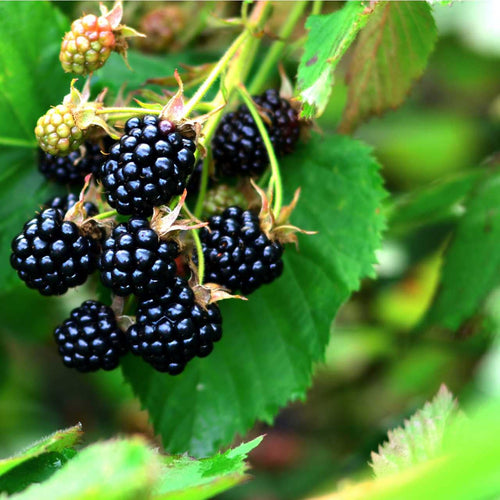Friday, August 19
A large number of people are interested in growing their fresh fruits and vegetables by planting home gardens.
Many people enjoy their gardens and fresh produce throughout the growing period, and they are usually preserved for later use by simply freezing as well as canning. Even people not fascinated by the garden have grown interested in growing their small gardens simply because they have learned that store-bought fruits and vegetables are often deficient in nutrients.
Beyond that, however, for many people starting and growing a home garden that provides wonderful foods for their table is undoubtedly a pleasant task.
Gardening is a favorite pastime of most people around the world. Still, when you add an extra incentive to provide the family with food rich in nutrients, such as vegetables and fruits that chemicals or pesticides have not contaminated, you can see why the popularity of these gardens has been growing.
Along with concerns about the safety and quality of products purchased in the store, most people like to have a home garden bursting with fresh fruits and vegetables. It is terrific because you can now get to pick the fruits and vegetables at just the right occasion to ensure freshness. Once you compare this with tomatoes, for example, set out long before they mature, they are transported, stored, and finally settled on the store shelf.
In this scenario, which happens to be expected for most of the products purchased in grocery stores, the tomato has always been separated from its mother plant for several days and sometimes weeks. However, through a garden outside the kitchen door, you can get the tomatoes once they are at their peak of ripeness and have the freshest tomatoes to include in your salad and tomato sauce.
Most common vegetables sold in the produce section of grocery stores can be grown in home gardens. Wide varieties are well-liked such as peas, carrots, potatoes, green beans, broccoli, beets, cabbage, and many different types of squash, to name a few.
And then the list of beautiful berries that can be grown as well. Technically a fruit, the tomato is one of the trendy foods individuals enjoy on the grounds of their homes. These are not difficult to grow and are delicious.
Products from a garden can be used immediately or frozen and preserved for later use, and many people also grow the herbs. Herbs can be much more convenient simply because they can even be grown indoors, making your gardening efforts much more straightforward. And, really fresh vegetables taste better and are better for you, plus you will learn that the fresh herbs that come from the garden are superior in flavor and aroma compared to the dry and packaged varieties.
Also, apart from the whole list of advantages and benefits of a domestic garden to provide good food and herbs and delicious meals for their family, many people just like being in the garden, weeding and watering their crops. There is an immense sense of satisfaction in planting and gardening and attempts to see them blossom and grow. And sharing a part of a great meal with friends is a feeling many people treasure.
Source of Information on Home Gardening
TN Nurseries best selling berry plants
Raspberry
Blueberry
Blackberry



















































